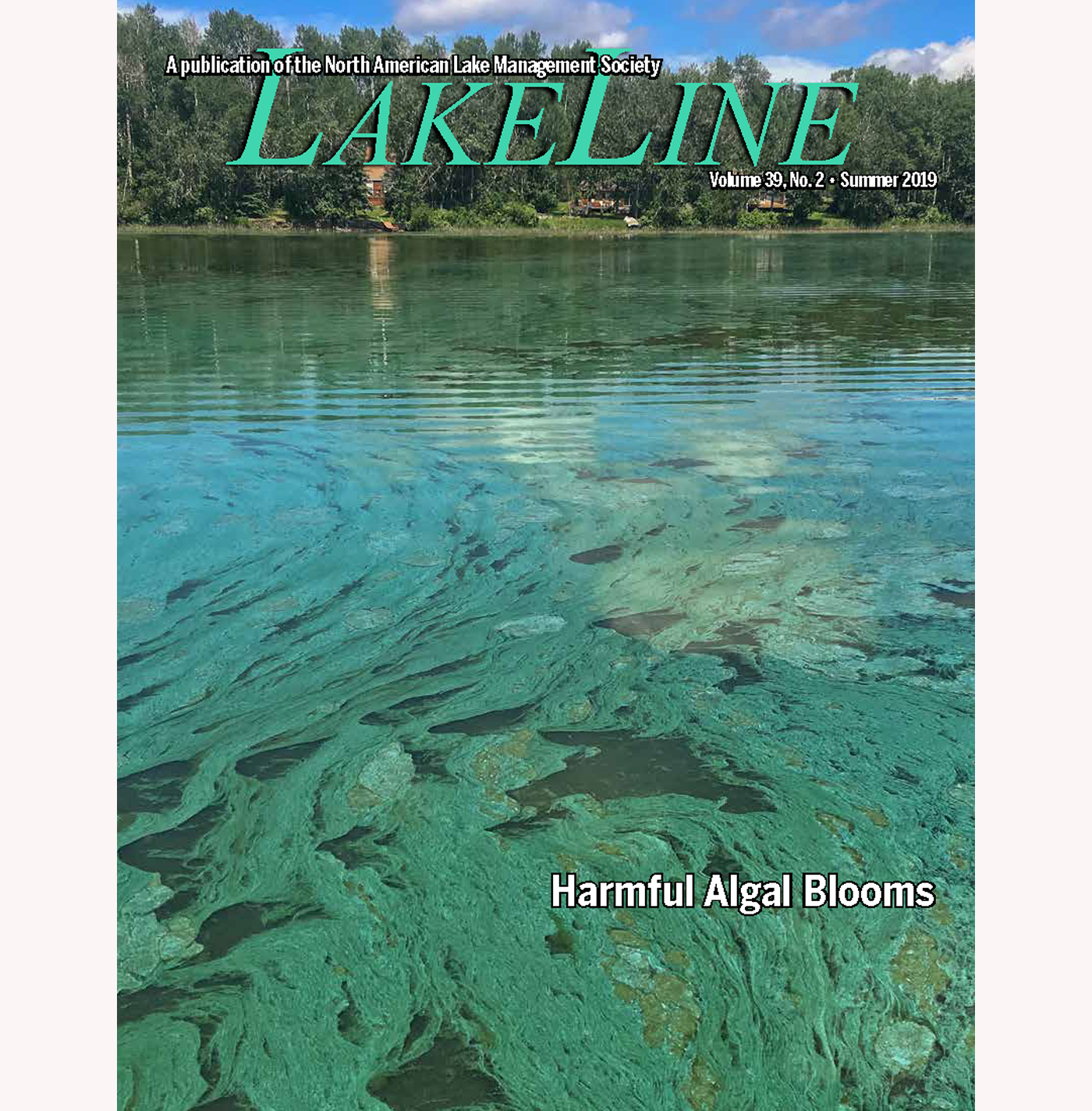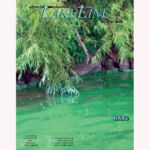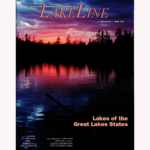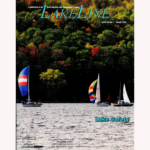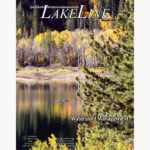Description
Summer is prime lake time, with many people out and enjoying what our lakes, ponds, and reservoirs have to offer. Among the activities to enjoy, remember that July is Lakes Appreciation Month, and the annual Secchi Dip-In. While you are out and about on the water, please take caution and note any possible murkiness, scums, or other manifestations of algal blooms that might be occurring. It is also prime time for potentially Harmful Algal Blooms(HABs) to pop up, so much so, that every other year LakeLine focuses the summer issue on the topic of HABs, and what is currently going on in terms of research, technologies, and advisories. Summer 2019 is one of those years where we check in on HABs. It seems like HABs are occurring at an ever-increasing frequency, with Lake Erie’s large and long-lived bloom well-publicized in the media in recent years, and fears lingering of another such epic bloom. More locally and recently we are sure many of you have had your fair share of HABs that threaten drinking water supplies, reduce recreational values and opportunities in waterbodies, and that pose human health risks.
- LakeLine 39-2 Full
- From the Editor
Amy Smagula - From the President
Sara Peel - Summer 2019 Cyanobacteria LakeLine Introduction
Angela Shambaugh, NALMS HABs Program Co-Chair - Lake Champlain, USA: A Cost-Effective & Sustainable Monitoring Program
Angela Shambaugh, Bridget O’Brien, Lori Fisher, and Heather Campbell - A Deeper Look at HABs
Margaret Spoo-Chupka, Jade Young, and Rich Fadness - Satellite-Detected Cyanobacteria in Large U.S. Lakes on Your Android Phone
Blake A. Schaeffer, Robyn N. Conmy, Mike Galvin, John M. Johnston, Darryl J. Keith, and Erin Urquhart - Visualizing Cyanobacteria from Space
Randy Turner and Pete Kauhanen

